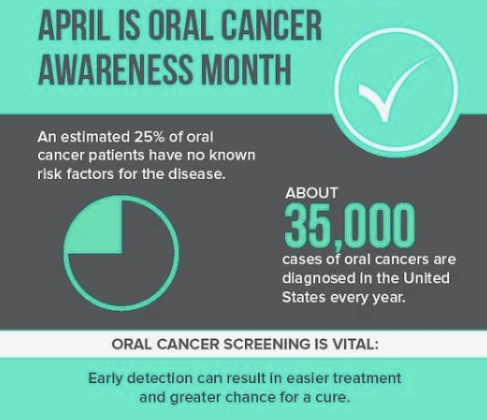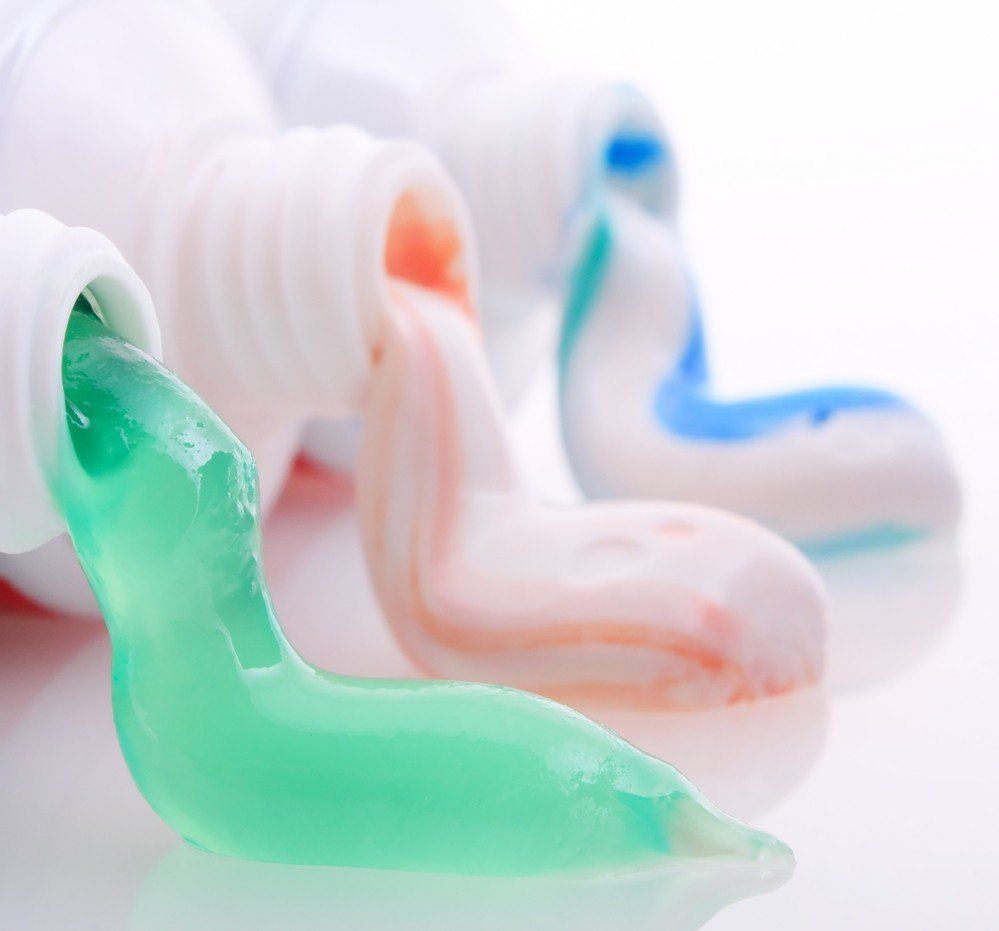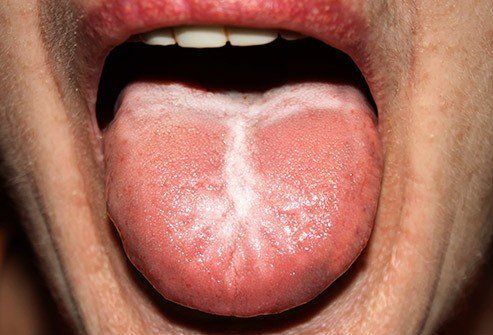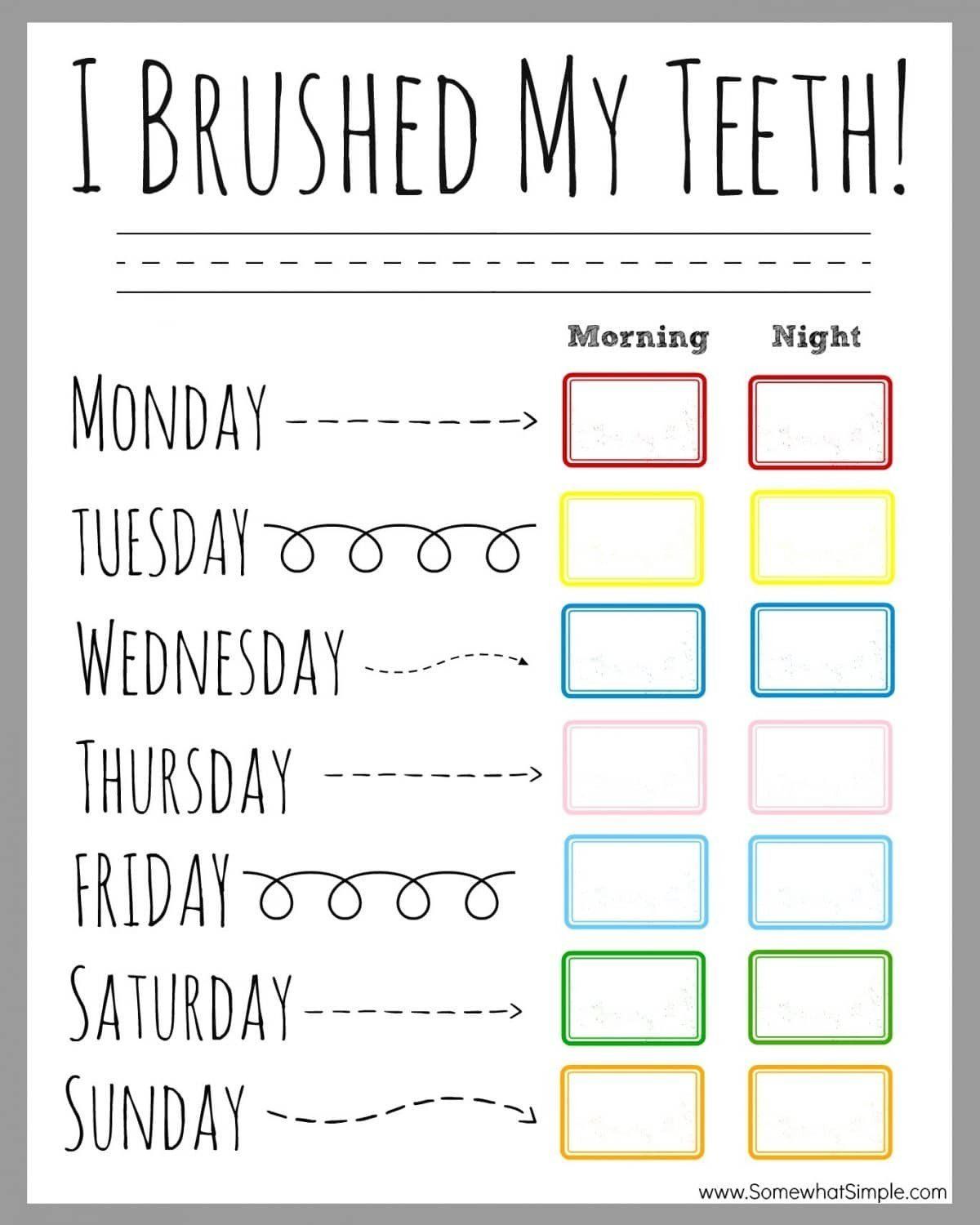New Study Links Cannabis to Premature Tooth Loss
- By Joel Snyder
- •
- 13 Sep, 2016
- •
A new study has linked prolonged cannabis use to premature tooth loss.
The research, which was carried out by a team in Arizona, found that people who smoked marijuana over a prolonged period of time had a higher risk of gum disease. More than 1,000 people were involved in the study, which suggested that smoking the substance for up to 20 years could cause tooth loss by the age of 30.
Gum disease is most commonly identified in middle-aged people and is usually linked to poor oral hygiene. This study found that smoking marijuana increases the chances of developing gum disease earlier in life, contributing to premature tooth loss.
A team of researchers from Arizona State University found that cannabis was associated with poor oral health. The team analysed data from people born in New Zealand between 1972 and 1973. They performed health checks on the participants, who were aged up to 38. More than 50 percent were men.
Dr Madeline Meier said the findings of the study have significant implications. This particular project was commissioned to determine the relationship between recreational cannabis use and health problems in later life. The study suggests that while prolonged cannabis use may not be associated with specific systematic illnesses, it did increase the risk of periodontal disease, the advanced form of gum disease. Among this group of participants, a quarter had established gum disease.
Dr Meier also stressed that it was important to consider the finding alongside other studies concerned with the health implications of cannabis use. Previous projects have linked marijuana use to respiratory illnesses, mental health conditions, cancer and heart attacks.
Article Posted On: http://www.cosmeticdentistryguide.co.uk/news/new-study-links-cannabis-to-premature-tooth-loss-4674

Contact us!
https://www.fabuloussmilesdental.com/contact

ADA Approval
First, make sure you choose a product approved by the American Dental Association and displaying the seal on its packaging. There are plenty of fluoride-free, organic, and all natural options tested by the ADA for both safety and effectiveness at keeping the teeth clean. Products without these seals have not necessarily been tested for their claims and quality, so you’re gambling with the health of your mouth by using them.
Focus on Needs
Consider what your teeth need the most to choose a toothpaste with the right extras. Whitening toothpaste can’t always replace professional whitening from a dentist, but it does work to prevent surface stains that cause your white smile to lose its brightness after treatment. Most toothpastes tend to target one of more of the following conditions or needs:
- Sensitivity, in the gums and teeth, from mild to severe pain
- Fluoride products are essential for kids, adults who don’t get enough of it in their diet, and people with diabetes and many other conditions
- Anti-cavity, which most products cover but which should always be checked
- Anti-gingivitis, ranging from over the counter to prescription products for healthier gums.
Watch Out!
There are a few products you don’t want to use on your teeth, and they’re often sold as cosmetic products rather than medically tested toothpaste. Any whitening toothpaste with a very abrasive ingredient, ranging from natural walnut shell to plastic microbeads, can leave your teeth with enamel damage that is permanent and hard to treat. Activated charcoal powders can also discolor teeth along with eroding your enamel. Look for toothpaste products that reinforce enamel rather than damaging it.
Picking a Toothbrush
Of course, the toothpaste still needs to be applied to the teeth with the right tools to effectively protect you from cavities and gum disease. The wrong toothbrush can damage your enamel, scratch your gums, or fail to remove trapped food from between your molars. Only use soft bristled brushes unless given advice from your dentist to the contrary. For most people, stiff bristles are too hard for their gums. The tip of each bristle should be rounded and not pointed or square so that food debris and tartar comes loose with each sweep. Replace your brush every three months even if it still looks new and fresh since bacteria can build up over time.
Need more advice about what to do to take care of your teeth? Make an appointment with your dentist for a routine cleaning or a timely inspection. You can discuss your concerns without feeling rushed and determine if your current oral health practices are sufficient for keeping your smile bright, healthy, and strong.

Creamy white spots could be thrush, a fungal infection (shown below). It often happens after an illness or medications throw off the balance of bacteria in your mouth. White patches that look lacy could be lichen planus, which means your immune system is attacking the tissues in your mouth. If you see hard, flat, white areas that can’t be scraped away, it could be leukoplakia, which is linked to cancer. Let your dentist know about any white patches you see.


